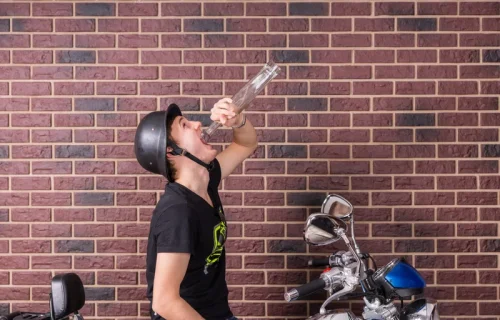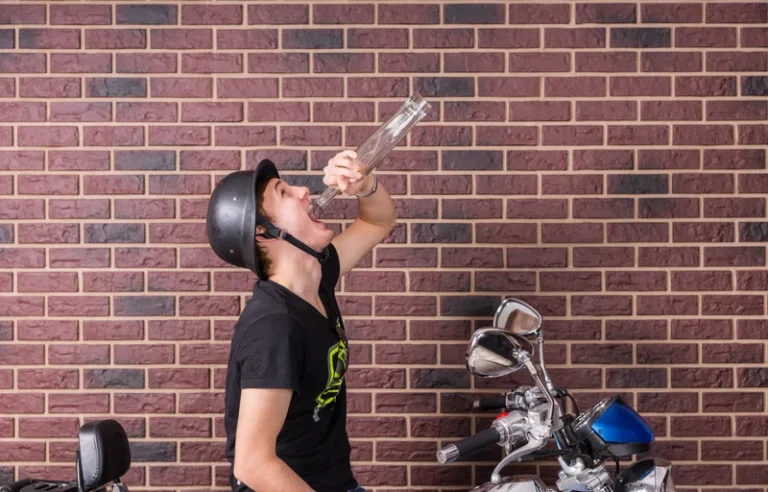
We’ll walk you through your policy details, so you can focus on what really matters—getting the care and support needed for lasting recovery. Design for Recovery offers the skills and support for lifelong sobriety. The living conditions and the number of residents vary in every facility. While some accommodations provide bedrooms that two or three people can share, others provide larger rooms that are furnished with bunk beds to accommodate more residents. Visitors are not permitted to bring in any potentially harmful items, including firearms, other weapons, aerosols, chemicals, or illegal substances, at any halfway house. Visitors are also not allowed to bring large backpacks for security reasons because they may contain prohibited items that may be concealed.

Benefits of Halfway Houses
Halfway house visiting rules, for instance, require visitors to be pre-approved by staff members who always maintain security. Typically, residents of halfway houses may be expected to fulfill house requirements by attending an outpatient treatment program, such as group therapy or 12-step program meetings. In several halfway houses, visitors can have video visits with the residents using their own mobile devices or computers. Children can also communicate with the resident without having to go to the facility physically.
Community and Mutual Support
Halfway houses require commitment from those staying there and their family members, who are integral to these recovery programs. Moving into a sober home can be intimidating to anyone, especially when you are the new kid on the block. It is imperative to remember that most people in your new living facility are going through much of the same issues you are. We are our own human beings with our own cognitive thought processes and opinions.
Halfway House vs. Sober Living
Violence prohibition means that acts of aggression towards other residents will not be tolerated under any circumstances—again, with possible expulsion being a consequence. Call us now if you have questions about what halfway houses offer or if someone close needs help transitioning into one. Residents must always stay sober; substance abuse could lead to immediate eviction from the house. Also, residents are expected to remain sober and participate in chores as part of their communal living responsibilities.
The Role of Family Members in Recovery
We use various medications and other treatment support systems to manage our clients’ physical symptoms. Our focus at this stage of recovery is on making the process of detoxification as safe and comfortable as possible with concierge-level support. As part of the treatment, processes include undergoing a thorough medical and psychological assessment conducted by our seasoned team of clinicians.
- Sober living homes are not for everyone, but if you think it might be right for you or a loved one, reach out to your doctor or therapist to see if they’re able to recommend one for you.
- A sober living facility can be the bridge between rehab and early recovery to prevent relapse.
- Moreover, apparel that promotes offensive, sexually-oriented, racist, illegal, or narcotic activity messages are not allowed inside the halfway house.
- Sober residences allow individuals to continue working on their recovery after they have completed inpatient addiction treatment while easing back into their regular lives.
Concerned About A Loved One? Learn More About Involuntary Treatment Laws in Virginia

When you are ready to transition from rehab and are not prepared to live fully independently, you are invited to move into New Life House’s sober living homes in Los Angeles and Redondo Beach. The intensity of care and types of services offered vary depending on the residents’ stage of recovery. Halfway houses can also help people with other mental health disorders find stable housing after mental health treatment.

In this comprehensive guide, we will explore the purpose of a halfway house, what it entails, who can benefit from it, and the benefits of living in one. Whether you or a loved one is seeking support in addiction recovery, understanding the role of a halfway house is essential. While in theory, they are the same; a sober living home is usually a private facility that can be fancier than a halfway house. Residents are all going through a similar process, and the staff creates a sense of structure. Unlike rehab, people are free to come and go as they please, but there are still some ground rules in place.
- Because of this, halfway houses can be used by the homeless or people coming out of incarceration.
- Visitors are not permitted to bring in any potentially harmful items, including firearms, other weapons, aerosols, chemicals, or illegal substances, at any halfway house.
- A monitored location is one step up and has a house manager present who sets rules and procedures and holds individuals accountable.
- Additionally, sober living house rules may include a curfew, helping around the house, and attending group meetings.
- To help you decide where you should take your next step, let’s look at the pros and cons of halfway houses.

Visiting hours at federal halfway houses are usually between 9 AM and 5 PM from Monday through Friday and longer on the weekends. Visitors are also prohibited from bringing alcoholic beverages, illegal substances, or weapons. Another difference from a halfway house is that a sober living home is usually not co-ed and can be further segmented by specific age groups.
- In addition to this, they are expected to stay sober and are subject to random drug testing, restrictions on curfew hours, and other programs.
- If you are able to be a part of a recovery residence, it will be important to understand what type of environment is present.
- Visitors who refuse to follow the dress code will not be allowed entry.
- If you or a loved one are struggling with addiction or mental health disorders, call and speak with a member of our team today.
- Residents may also be subject to periodic drug testing to demonstrate ongoing sobriety.
- The two most common of these factors are the individual’s progress and the house’s policies.
- New Life House partners with a local treatment center that offers dual-diagnosis treatment programs.
What is the Central Issue of Halfway Houses?
These living homes aren’t just places for recovery—they’re stepping stones back into what is a halfway house society. Family members can play a crucial role in the recovery process of halfway house residents. Support from loved ones can make all the difference during this challenging journey.
Learning Center
Ideally, halfway houses are specifically designed for alcoholics and addicts in early recovery. A few things like early curfews and drug screenings are thrown into the mix to keep the focus on us. Having members of the opposite sex or whomever you are attracted to is a big one.

Recent Comments